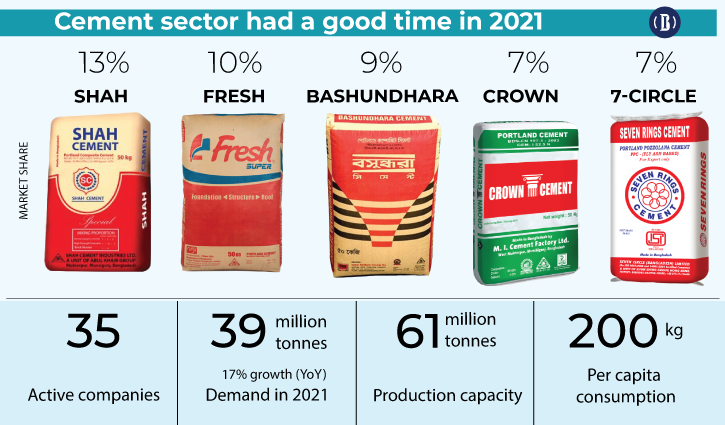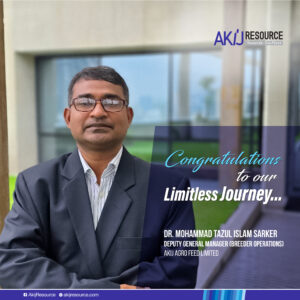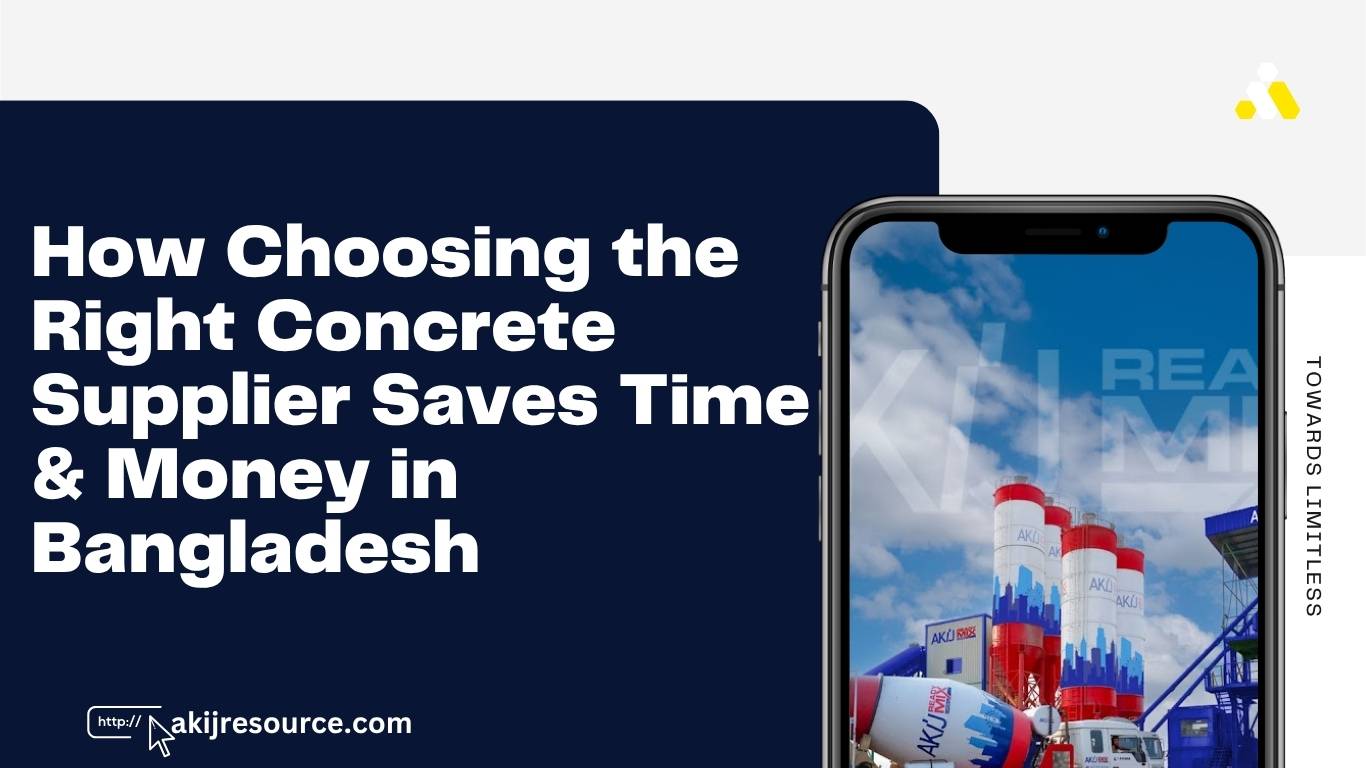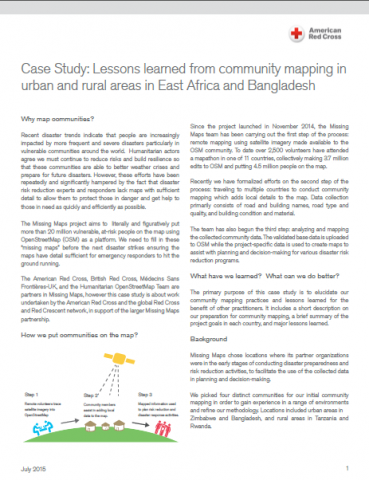There are over 60 cement companies operating in Bangladesh. Major players include Akij Cement, Shah Cement, Bashundhara Cement, and Heidelberg Cement.
Cement is a crucial component for the construction industry in Bangladesh. The country has experienced rapid urbanization and infrastructure development, leading to increased demand for cement. Over 60 companies are currently operational, making the market highly competitive. Major brands like Akij Cement, Shah Cement, Bashundhara Cement, and Heidelberg Cement dominate the industry.
These companies focus on quality and innovation to meet growing consumer needs. The cement industry in Bangladesh not only supports local construction but also contributes significantly to the national economy. Investments in this sector are continuously rising, showcasing its growth potential.
The Cement Industry In Bangladesh
The cement industry in Bangladesh has seen remarkable growth over the past few decades. From a few small-scale factories to numerous large plants, the sector has evolved significantly. This section explores the evolution, growth, and economic significance of this booming industry.
Evolution And Growth
Bangladesh’s cement industry started in the early 1990s. Initially, only a few plants produced cement. Today, the country boasts over 35 large-scale factories. These factories meet the local demand and export to neighboring countries.
The growth in the sector is driven by urbanization and infrastructure development. More people moving to cities means more buildings and roads. The government also invests heavily in infrastructure projects, boosting cement demand.
Economic Significance
The cement industry plays a crucial role in Bangladesh’s economy. It contributes significantly to the GDP and employment. Over 50,000 people work directly in this sector. Indirectly, it supports over 200,000 jobs.
Below is a table showing some key statistics about the industry:
| Key Metrics | Values |
|---|---|
| Number of Large Factories | 35 |
| Direct Employment | 50,000 |
| Indirect Employment | 200,000 |
| Contribution to GDP | Significant |
The industry also impacts other sectors like transportation and construction. Cement factories need raw materials transported from various places. This boosts the transport sector. Construction projects using cement create more jobs and economic activities.
In summary, the cement industry in Bangladesh has evolved rapidly. It has become a cornerstone of the economy, providing jobs and supporting other sectors.
Quantifying The Market
The cement industry in Bangladesh has grown rapidly. Knowing the number of cement companies and their market shares is crucial. This information helps in understanding the market dynamics.
Current Number Of Companies
As of 2023, Bangladesh has around 35 cement companies. These companies produce a wide range of cement types. They cater to both local and international markets.
The top companies include:
- LafargeHolcim Bangladesh Limited
- Heidelberg Cement Bangladesh Limited
- Crown Cement Group
- Premier Cement Mills Limited
- Anwar Cement Limited
These companies dominate the market. Smaller companies also play a significant role in the industry.
Market Share Distribution
The market share of these companies varies. LafargeHolcim holds the largest market share. They are followed by Heidelberg Cement and Crown Cement.
Below is a table showing the market share distribution:
| Company | Market Share (%) |
|---|---|
| LafargeHolcim Bangladesh Limited | 20% |
| Heidelberg Cement Bangladesh Limited | 15% |
| Crown Cement Group | 12% |
| Premier Cement Mills Limited | 10% |
| Other Companies | 43% |
LafargeHolcim leads the market. Heidelberg Cement and Crown Cement follow closely. Smaller companies make up the remaining 43% of the market.
Leading Cement Producers
Bangladesh has a vibrant cement industry. It is home to many well-known cement producers. This section explores the leading companies. We will also discuss emerging challengers.
Top Players In The Industry
Several companies dominate the cement industry in Bangladesh. They have a strong market presence. Here are some of the top players:
| Company | Market Share (%) |
|---|---|
| LafargeHolcim Bangladesh Ltd. | 18% |
| Shah Cement Industries Ltd. | 15% |
| HeidelbergCement Bangladesh Ltd. | 12% |
| Premier Cement Mills Ltd. | 10% |
| Meghna Cement Mills Ltd. | 9% |
Emerging Challengers
New companies are entering the market. They bring fresh competition. Some of these emerging challengers are making a mark:
- Mir Cement Ltd. – Known for high-quality products.
- Fresh Cement Industries Ltd. – Gaining popularity for its innovative solutions.
- Aman Cement Mills Ltd. – Rapidly expanding its market share.
- Aramit Cement Ltd. – Focuses on sustainable practices.
- Confidence Cement Ltd. – Known for strong customer relationships.
Bangladesh’s cement industry is dynamic. Established players and new entrants contribute to its growth. This competition benefits consumers. They get quality products at competitive prices.
Regional Presence And Expansion
Bangladesh is home to a thriving cement industry. This sector has witnessed significant regional expansion over the past few years. The country’s cement companies are not only catering to domestic demand but also spreading their wings to neighboring regions. Let’s delve into the regional presence and expansion of cement companies in Bangladesh.
Geographic Footprint
The geographic footprint of Bangladesh’s cement companies is vast. They have established plants in almost every region of the country. This wide distribution ensures a steady supply of cement to various parts. For instance, major companies have set up plants in:
- Chattogram
- Dhaka
- Khulna
- Rajshahi
- Sylhet
These regions have become key hubs for cement production. The strategic placement of plants reduces transportation costs and ensures timely delivery. This regional distribution is a testament to the industry’s growth and commitment to meeting local demands.
Inter-regional Competition
Inter-regional competition among cement companies is fierce. Each company strives to dominate its region while expanding into others. This competition has several benefits:
- Improved product quality
- Competitive pricing
- Innovative marketing strategies
For example, companies in Dhaka might focus on urban construction projects. Meanwhile, those in Sylhet may cater to rural infrastructure. This healthy competition ensures that customers receive the best products and services. Additionally, it drives companies to continuously improve and innovate.
The regional presence and expansion of cement companies in Bangladesh are remarkable. Their strategic geographic footprint and inter-regional competition ensure a robust and dynamic cement industry.
Production Capacity And Utilization
The cement industry in Bangladesh is growing rapidly. Understanding the production capacity and utilization is crucial for market analysis. This section will cover the annual production figures and the relationship between capacity and demand.
Annual Production Figures
Bangladesh has over 60 cement companies. These companies produce millions of tons of cement each year.
| Company Name | Annual Production (Million Tons) |
|---|---|
| Company A | 8.0 |
| Company B | 6.5 |
| Company C | 5.0 |
The total production capacity exceeds 40 million tons per year. This makes Bangladesh a significant player in the regional cement market.
Capacity Vs. Demand
The total production capacity is high, but how does it compare to demand? The demand for cement in Bangladesh is also growing.
- Urbanization is driving cement demand.
- Infrastructure projects need a steady cement supply.
- Housing development is another key factor.
Despite the high production capacity, some companies operate below their full potential. This is due to various factors like market conditions and supply chain issues.
Here’s a quick look at the capacity vs. demand:
| Year | Production Capacity (Million Tons) | Demand (Million Tons) |
|---|---|---|
| 2020 | 45 | 32 |
| 2021 | 50 | 35 |
| 2022 | 55 | 38 |
The data shows a growing trend in both capacity and demand. The industry needs to balance production to meet the rising demand efficiently.

Credit: www.researchgate.net
Innovation And Sustainability
The cement industry in Bangladesh is rapidly evolving. Innovation and sustainability are at the core of this transformation. Companies are adopting new technologies and sustainable practices. These efforts are setting them apart in a competitive market.
Technological Advancements
The cement companies in Bangladesh are leveraging cutting-edge technologies. Automation is a key focus, enhancing efficiency and reducing costs. Modern machinery is replacing older equipment. This shift leads to higher production rates and lower waste.
Digital platforms are being used for better supply chain management. Real-time data helps in making informed decisions. Predictive maintenance tools are also in use. These tools prevent unexpected downtimes and improve plant performance.
Sustainable Practices
Sustainability is a priority for cement companies in Bangladesh. Eco-friendly production methods are being adopted. These methods reduce carbon emissions and conserve natural resources. Companies are also investing in alternative fuels. Waste materials are being used as fuel, reducing reliance on fossil fuels.
Water conservation is another key focus. Advanced water recycling systems are in place. These systems minimize water wastage and promote reuse. Energy efficiency is achieved through modern equipment and processes. This reduces energy consumption and lowers operational costs.
Environmental regulations are strictly followed. Compliance ensures minimal environmental impact. These efforts contribute to a sustainable and resilient cement industry in Bangladesh.
Regulatory Landscape
The cement industry in Bangladesh operates within a stringent regulatory landscape. Understanding these regulations is crucial for anyone keen on the sector’s growth and sustainability. This section delves into the key regulatory aspects governing the cement industry.
Government Policies
The Bangladeshi government plays a pivotal role in shaping the cement industry. Government policies dictate the import and export duties on raw materials, which directly impact production costs. Additionally, the government provides various incentives to encourage local manufacturing.
There are specific guidelines for establishing new cement plants. These guidelines ensure fair competition and promote technological advancements. The government also monitors compliance to maintain quality and safety standards.
Environmental Regulations
Environmental sustainability is a significant concern for the cement industry. Environmental regulations in Bangladesh aim to mitigate the industry’s environmental impact. These regulations include stringent emission controls and waste management protocols.
The cement companies must adhere to the Environmental Conservation Act. This act mandates regular environmental impact assessments. It also requires companies to adopt eco-friendly technologies and practices.
| Regulation | Purpose |
|---|---|
| Emission Control | Reduce air pollution |
| Waste Management | Proper disposal of industrial waste |
| Environmental Impact Assessment | Assess and mitigate environmental effects |
Compliance with these regulations ensures that the cement industry operates sustainably. It also helps in maintaining a balance between industrial growth and environmental conservation.

Credit: datis-inc.com
Future Outlook
The cement industry in Bangladesh is growing fast. Many factors will shape its future. Understanding these factors is key to success.
Industry Forecasts
Experts predict strong growth in the cement sector. New infrastructure projects drive demand. Urbanization also boosts cement needs. The government plans to build roads, bridges, and housing. These plans mean more cement will be needed.
Foreign investments are likely to increase. This will bring new technologies. It will also improve production efficiency. Local companies are expanding their capacities. They aim to meet the growing demand.
Potential Market Disruptors
Several factors could disrupt the market. Price fluctuations of raw materials are a major concern. Any change in prices can impact the industry’s growth. Environmental regulations are becoming stricter. Companies need to adopt eco-friendly practices.
The energy crisis is another disruptor. Cement production requires a lot of energy. Any disruption in energy supply can affect production. Technological advancements can also be a disruptor. Companies that fail to adopt new technologies may fall behind.
Economic instability can impact the market. Inflation and currency fluctuations affect costs. Political stability is crucial for continued growth.
| Factor | Impact on Industry |
|---|---|
| Price Fluctuations of Raw Materials | High Impact |
| Environmental Regulations | Moderate Impact |
| Energy Crisis | High Impact |
| Technological Advancements | Moderate Impact |
| Economic Instability | High Impact |
To succeed, companies must stay adaptable. They need to watch these factors closely. This will help them navigate the future effectively.

Credit: www.businessinsiderbd.com
Is Rubber Cement Used in the Production of Cement in Bangladesh?
Rubber cement is not used in the production of cement in Bangladesh. Although rubber cement is a versatile adhesive, it is not suitable for industrial-grade cement production. If you need to remove rubber cement easily, simply use a rubber cement eraser or a solvent-based adhesive remover.
Frequently Asked Questions
Which Is The No. 1 Cement In Bangladesh?
The top cement brand in Bangladesh is Shah Cement. It is known for its superior quality and reliability.
How Many Cement Are There In Bangladesh?
Bangladesh has over 60 cement companies. These companies produce a variety of cement types to meet local demand.
Which Is The Old Cement Company In Bangladesh?
Chhatak Cement Company is the oldest cement company in Bangladesh. It was established in 1941.
How Many Types Of Cement Are There In Bangladesh?
Bangladesh has several types of cement, including Ordinary Portland Cement (OPC), Portland Composite Cement (PCC), and Blast Furnace Slag Cement (BFSC).
Conclusion
Bangladesh’s cement industry is thriving, with numerous companies contributing to the economy. Understanding the key players helps in making informed decisions. The market’s growth signifies potential opportunities for investment. Stay updated with industry trends to maximize benefits. Explore local options for the best quality and prices.






















